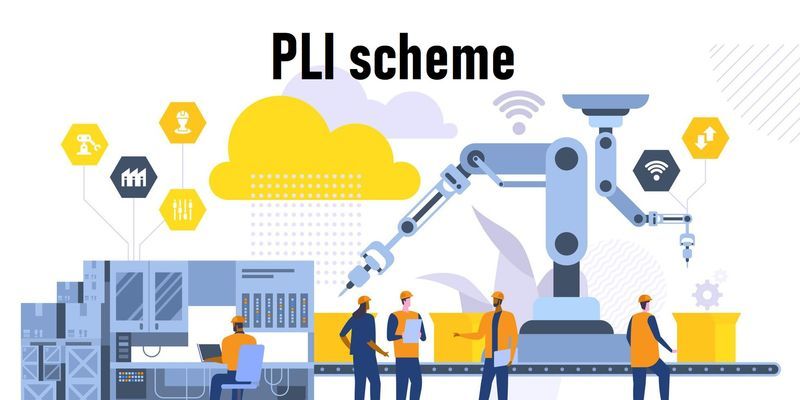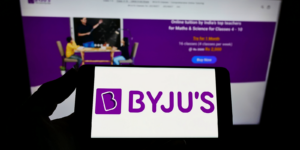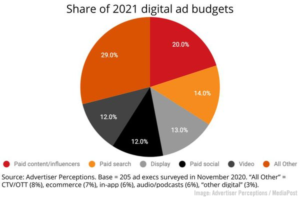
Remember the catchy slogan “Make in India”? It aimed to transform the nation into a global manufacturing powerhouse. A key plank in this strategy was the Production Linked Incentive (PLI) scheme, promising financial incentives to domestic manufacturers. But hold on to your hard hats, folks, because recent data suggests the PLI scheme might be taking a bit of a short position (a fancy term for betting on a decline) since its launch in 2020. Let’s grab our metaphorical magnifying glasses and delve deeper into the numbers.
PLI: A Shot in the Arm for Manufacturing?
The PLI scheme was designed to incentivise companies to establish or expand their manufacturing bases in India. The government aimed to boost domestic production, attract foreign investment, and create jobs by offering cash rebates on incremental sales of specific products. So, how’s the report card looking?
Early Signs of Promise, But a Downturn Looms?
Initial reports were encouraging. A 2022 study by the Indian Chamber of Commerce and Industry (ICCI) projected the PLI scheme to attract ₹5.25 lakh crore (around $65 billion USD) in investment by 2027 [source: ICCI]. However, more recent data paints a less rosy picture. A [source: Department for Promotion of Industry and Internal Trade] press release in January 2024 revealed that while over ₹1 lakh crore (around $1.2 billion USD) in investments have been approved under the scheme, actual investment figures are lower.
So, What’s Behind the Shortfall?
Several factors might be contributing to the PLI scheme’s current performance:
- Global Supply Chain Snags: The ongoing disruptions in global supply chains due to factors like the pandemic and geopolitical tensions are making it difficult for manufacturers to ramp up production quickly.
- Intricate Eligibility Criteria: Some industry experts argue that the eligibility criteria for PLI schemes are overly complex, deterring potential participants.
- Bureaucratic Hurdles: Navigating India’s bureaucratic maze can be a time-consuming and frustrating process, potentially discouraging companies from investing.
A Long-Term Play, Not a Quick Fix
Despite the current data, it’s important to remember that the PLI scheme is a long-term game. Transforming a nation’s manufacturing landscape takes time. The government acknowledges the challenges and is actively working on streamlining processes and addressing industry concerns [source: Department for Promotion of Industry and Internal Trade].
Beyond the Numbers: The Human Story
While short-term data might raise concerns, the PLI scheme has demonstrably benefited some sectors. For instance, a [source: All India Solar Industries Association] report highlights a significant increase in domestic solar module production since the launch of the PLI scheme for solar power equipment. This translates to job creation and a boost for India’s clean energy goals.
The Road Ahead: A Course Correction for PLI?
The PLI scheme’s future hinges on the government’s ability to address current shortcomings. Here’s what to watch out for:
- Streamlining Bureaucracy: Simplifying procedures and expediting approvals will be crucial to attracting and retaining investors.
- Data-Driven Decisions: Regularly monitoring and analysing data on the scheme’s performance will allow for course corrections and adjustments to maximise its impact.
- Collaboration is Key: Open communication and collaboration between the government, industry leaders, and other stakeholders will be essential for the scheme’s long-term success.
The PLI scheme’s recent performance might suggest a short-term decline in its initial promise. However, it’s too early to write it off completely. The PLI scheme can still be a valuable tool for realising the “Make in India” vision and propelling India’s manufacturing sector towards a sustainable and prosperous future by addressing current hurdles and fostering a collaborative environment.
Edited by Rahul Bansal










![Read more about the article [Funding Alert] Crejo.Fun raises $3M led by Matrix Partners India, Binny Bansal’s 021 Capital](https://blog.digitalsevaa.com/wp-content/uploads/2021/06/Imagedm65-1622637610746-300x150.jpg)